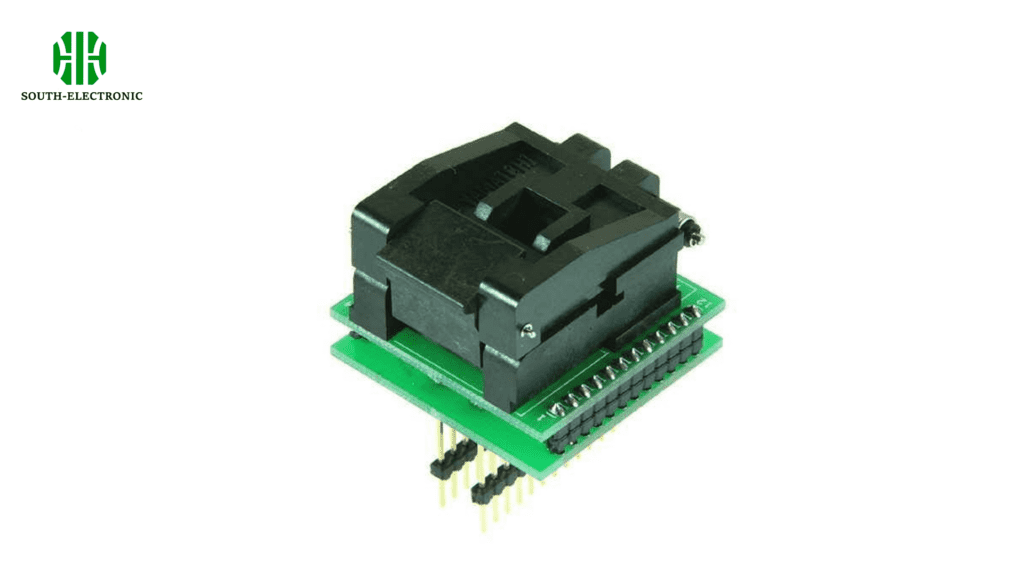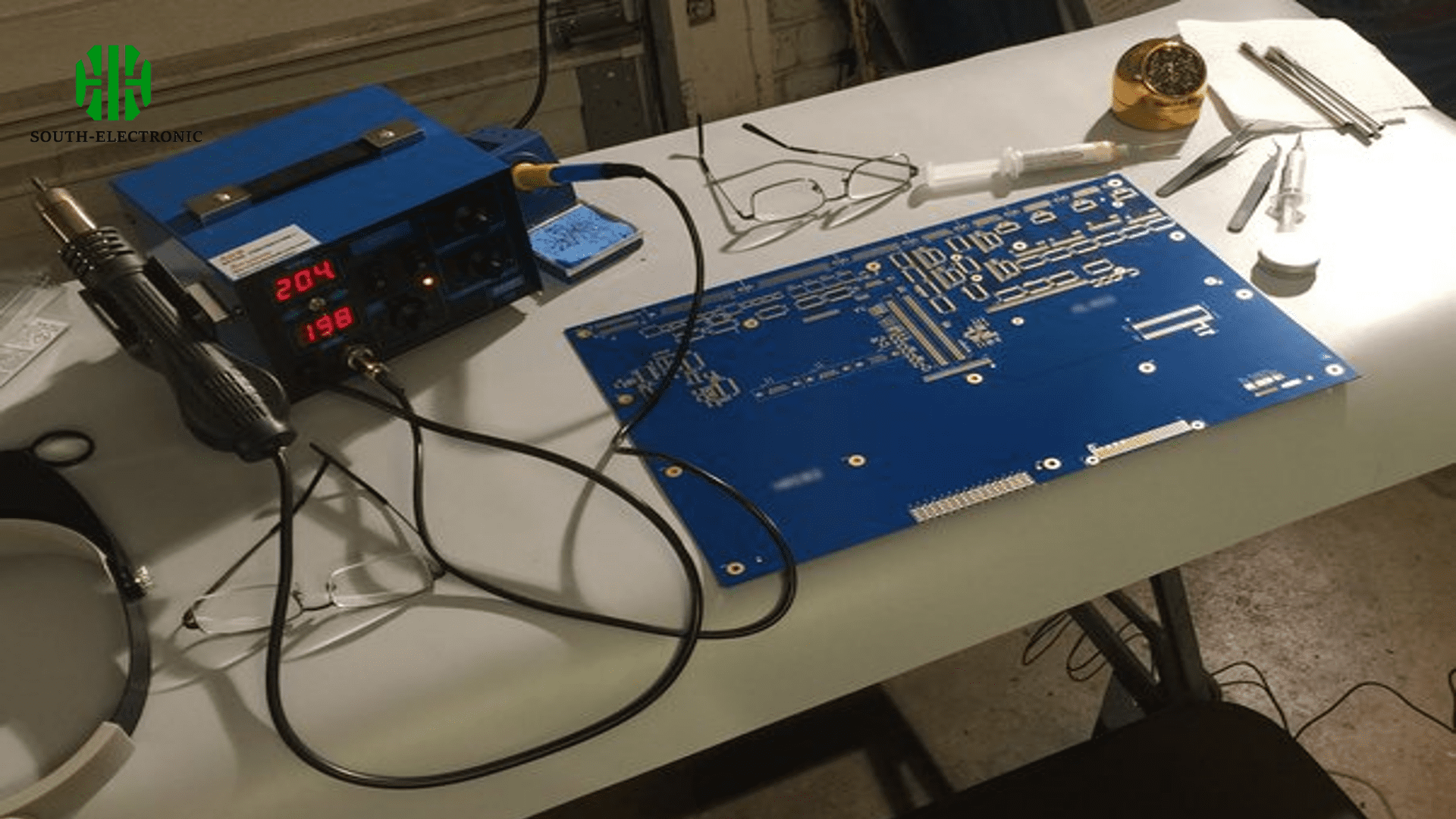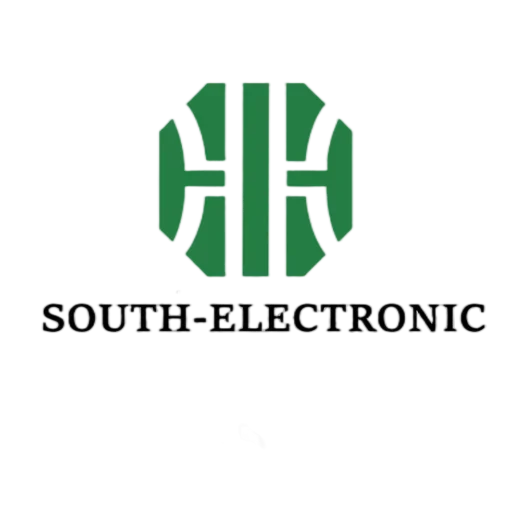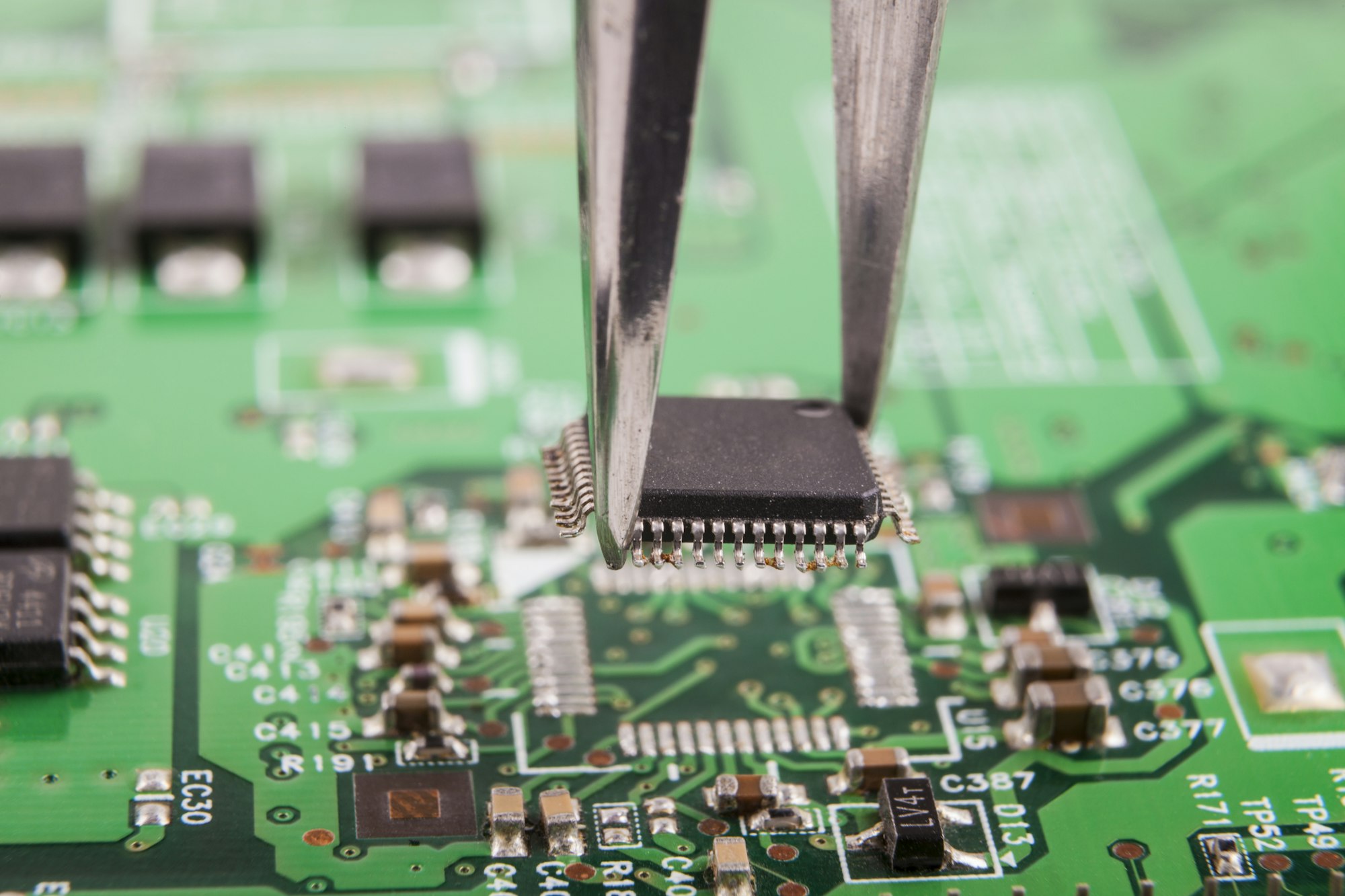How Hard Is It to Solder a WSON-12 Package with Hot Air?
Soldering a WSON-12 package with hot air can be quite challenging, especially for beginners. The small size and no-lead design make precise alignment crucial. Proper thermal management is essential to avoid overheating and damaging the component or PCB. Key tools include a hot air rework station, flux, solder paste, and fine-tipped tweezers. The process involves carefully placing the component, evenly heating the solder paste, and ensuring good solder joints without creating bridges. While it requires patience and precision, practicing on scrap boards can significantly improve your skills and confidence.
What is a WSON-12 Package?
A WSON (Very Small Outline No-Lead) package is a type of surface-mount technology (SMT) package used for integrated circuits. The WSON-12 package, as the name suggests, has 12 leads and is known for its compact size and high thermal performance.
Applications of WSON-12:
- Power management ICs
- Memory devices
- Sensor modules
- RF and wireless communication components

Tools and Equipment Needed for Soldering WSON-12 with Hot Air
To successfully solder a WSON-12 package with hot air, you will need the following tools and equipment:
| Tool/Equipment | Description |
|---|---|
| Hot Air Rework Station | Used to heat the solder paste and reflow the solder. |
| Soldering Iron | Handy for small touch-ups and corrections. |
| Solder Paste | Provides the solder needed for the connections. |
| Flux | Helps to clean the surfaces and improve solder flow. |
| Tweezers | Essential for positioning small components like WSON-12. |
| Magnifying Glass | Used for inspecting the solder joints. |
| Stencil | Ensures precise application of solder paste. |
| PCB Preheater | Helps to evenly heat the PCB, reducing thermal shock. |
| Solder Wick | Used for correcting mistakes and removing excess solder. |
| ESD-safe Workspace | Prevents static discharge that could damage electronic components. |

Step-by-Step Guide to Soldering WSON-12 with Hot Air
Preparation:
- Clean the PCB: Ensure the PCB is free from dust and oils.
- Apply Flux: Apply flux to the pads on the PCB to enhance solderability.
- Stencil Application: Use a stencil to apply solder paste accurately to the PCB pads.
Positioning the WSON-12 Package:
- Using Tweezers: Carefully place the WSON-12 package onto the PCB, aligning it with the solder paste-covered pads.
- Check Alignment: Use a magnifying glass or microscope to ensure the leads are correctly positioned.
Reflow Soldering with Hot Air:
- Set the Temperature: Adjust the hot air rework station to the appropriate temperature (typically between 250°C to 300°C).
- Heat Evenly: Move the hot air tool in a circular motion to evenly heat the solder paste until it reflows and creates solid joints.
- Cool Down: Allow the PCB to cool down gradually to prevent thermal shock.
Inspection and Touch-Up:
- Inspect Joints: Use a magnifying glass or microscope to inspect the solder joints for any defects like cold solder joints or bridges.
- Touch-Up: Use a soldering iron for any necessary touch-ups or corrections.

Safety Precautions When Soldering WSON-12
- Ventilation: Ensure your workspace is well-ventilated to avoid inhaling fumes.
- Protective Gear: Wear safety glasses and gloves to protect against splashes and burns.
- ESD Precautions: Use an ESD-safe workstation to prevent static discharge damage.
- Proper Handling: Handle the hot air tool and soldering iron with care to prevent burns.
- Preheat the PCB: Use a preheater to reduce thermal shock and ensure even heating.
- Use High-Quality Flux: A good flux can make a significant difference in solder flow and joint quality.
- Practice on Scrap Boards: Before working on your final project, practice on scrap boards to improve your technique.
- Avoid Excessive Solder Paste: Use just enough solder paste to cover the pads without creating bridges.
Comparison of Soldering Methods for WSON-12 Packages
Hot Air Rework Station vs. Reflow Oven vs. Soldering Iron
| Feature | Hot Air Rework Station | Reflow Oven | Soldering Iron |
|---|---|---|---|
| Precision | High, allows for targeted heating | Moderate, heats the entire PCB | Low, suitable for touch-ups only |
| Ease of Use | Moderate, requires skill and practice | Easy, automated process | Moderate, but less effective for SMD |
| Risk of Component Damage | Moderate, risk of overheating | Low, uniform heating | High, risk of overheating or misalignment |
| Cost | Moderate to high | High | Low |
FAQs About Soldering WSON-12 Packages with Hot Air
Q: Can I use a regular soldering iron instead of a hot air rework station?
A: While a soldering iron can be used for touch-ups, a hot air rework station is recommended for its precision and ability to evenly heat the entire package.
Q: What is the ideal temperature for soldering WSON-12 packages?
A: The ideal temperature typically ranges between 250°C to 300°C, depending on the solder paste used.
Q: How do I prevent solder bridges?
A: Apply the right amount of solder paste, use flux, and ensure proper heating to prevent solder bridges.



